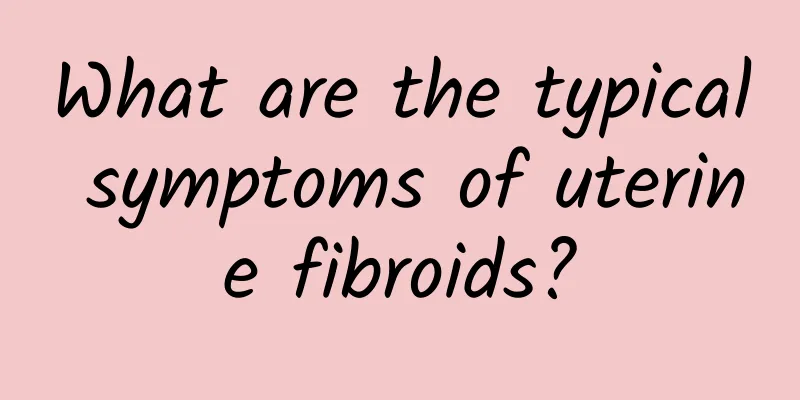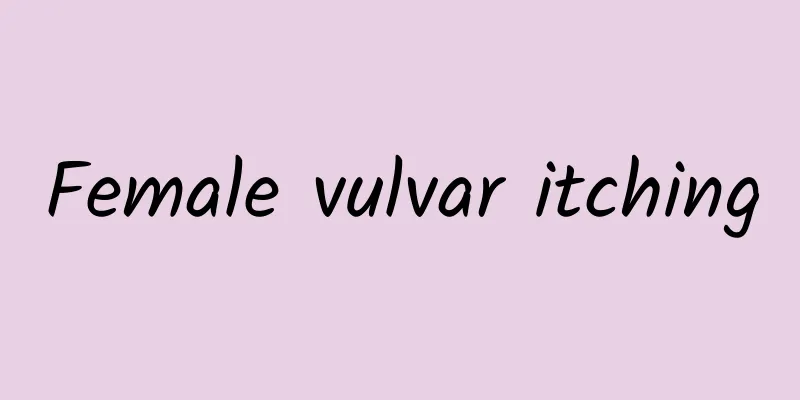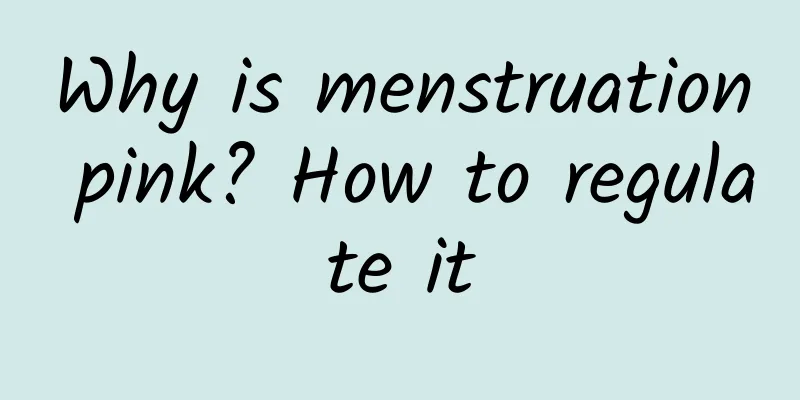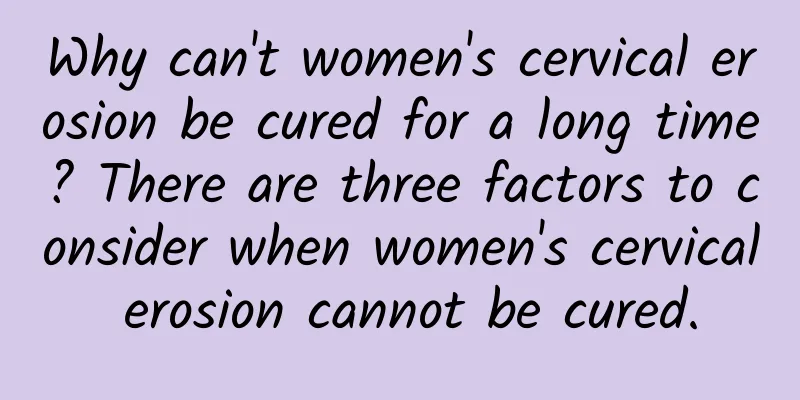What are the four major hazards of uterine fibroids? Harms and treatment of uterine fibroids
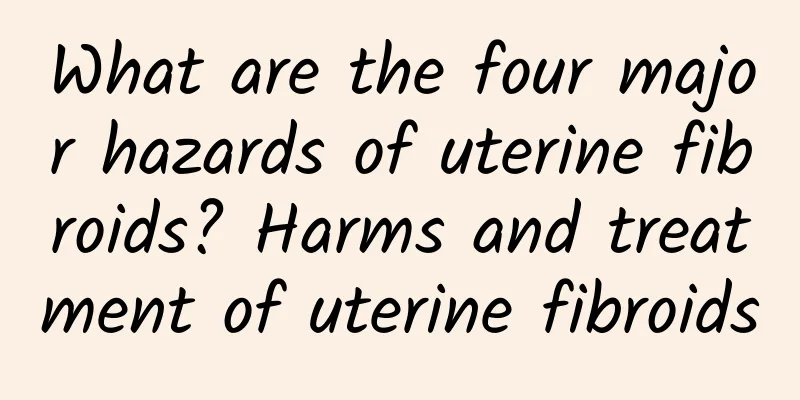
|
What are the four major hazards of uterine fibroids? Harms and treatment of uterine fibroids Uterine fibroids are common benign tumors of the female reproductive system, and their harm cannot be ignored. Understanding the harm of uterine fibroids is crucial for taking timely treatment measures. This article will discuss the four major harms of uterine fibroids and their treatment methods. 1. Harm 1: Irregular menstruation Menstrual irregularities are one of the common manifestations of uterine fibroids. The location of the fibroids may interfere with normal uterine contractions and blood discharge. This may lead to irregular menstrual cycles, excessive or insufficient menstrual flow, prolonged or shortened menstruation, and other problems. Treatments include medication, surgical removal of the fibroids or uterus, etc. 2. Harm 2: Infertility or difficulty in getting pregnant The growth of uterine fibroids may also have adverse effects on female fertility. If the fibroids are located in the uterine cavity, it may hinder the implantation of the fertilized egg; if the fibroids are located outside the uterine cavity, it may interfere with the normal function of the fallopian tubes. Treatments include surgical removal of the fibroids, assisted reproductive technology, etc. 3. Hazard 3: Pelvic pain Some patients may experience pelvic pain, especially during menstruation or after sexual intercourse. This is mainly caused by compression or torsion of the fibroids. Treatments include medication to relieve pain, surgery to remove the fibroids, etc. 4. Hazard 4: Compression of bladder and rectum The growth of fibroids may put pressure on the nearby bladder and rectum, leading to frequent urination, urgency, and difficulty in defecation. Treatments include medication to relieve symptoms and surgical removal of fibroids. Treatment: 1. Observation and treatment: For patients with no obvious symptoms, small and slow-growing fibroids, observation and treatment can be chosen, with regular checks on the size and growth of the fibroids. 2. Drug treatment: For patients with mild symptoms, drug treatment can be used to control the growth and symptoms of fibroids. Drugs can inhibit the growth of fibroids by controlling estrogen levels. 3. Surgical treatment: For patients with rapidly growing fibroids and obvious symptoms, or patients with severe symptoms such as infertility and pelvic pain, surgical removal of the fibroids or uterus is usually considered. The surgical method can be laparoscopic surgery or laparotomy. The four major hazards of uterine fibroids include irregular menstruation, infertility or difficulty in getting pregnant, pelvic pain, and compression of the bladder and rectum. Different hazards may require different treatments, including observation and treatment, drug therapy, and surgical treatment. It is recommended that women undergo regular gynecological examinations to detect and treat uterine fibroids early and avoid unnecessary pain and complications. |
<<: What kind of salt is good for treating uterine fibroids?
Recommend
Body Sculpting Tutorial - Three Must-Learn Tips to Reduce Belly Fat (Part 2)
Regardless of gender, age or status, the lower ab...
Get rid of the carrots! 2 movements to easily slim your calves
No matter after running or shopping, what girls f...
Is medical abortion safe? What are the conditions for medical abortion?
With the progress of the times, people's idea...
Does pomegranate help you lose weight? 7 Super Seeds You Shouldn’t Miss
The following plant seeds have become quite popul...
The most common care methods for cervical warts
Cervical warts are sexually transmitted diseases,...
Specific introduction to common early symptoms of ovarian cysts
Ovarian cysts are an ovarian disease that many wo...
Cost of treating vaginal candidiasis
Nowadays, more and more female friends are suffer...
What are the symptoms of habitual miscarriage? Pay attention to these two groups of people who are prone to habitual miscarriage
Although the incidence of habitual miscarriage is...
What are the serious symptoms of vulvar leukoplakia?
What are the serious symptoms of vulvar leukoplak...
What is the cause of ovulation bleeding during puberty?
Ovulation bleeding during adolescence is usually ...
What are the dangers of ovarian cysts in women? Should we pay attention to our diet?
Ovarian cysts are common in young to middle-aged ...
Eat less or gain weight and sweat easily? Be careful, it is liver and kidney deficiency type obesity that causes trouble
【Liver and kidney deficiency type obesity】 Charac...
What are the causes of multiple uterine fibroids? What are the hazards of multiple uterine fibroids?
Gynecological experts said that uterine fibroids ...
How to have an early abortion safely
There is generally no saying that "what is t...
What are the treatments for vulvar leukoplakia?
What are the treatments for vulvar leukoplakia? V...


